
With the Seattle Seawolves thrilling 30-28 Western Conference Semifinals win over San Diego Legion they’ve advanced to the Western Conference Finals where they will take on the Dallas Jackals for a spot in this year’s Major League Rugby finals.
The match is set for Sunday, July 28 at 1pm at Tukwila’s Starfire Stadium. In this highly-anticipated matchup, the Seawolves will continue their quest for a third championship title.
Don’t miss out on what promises to be an unforgettable match. Be a part of this incredible playoff run where fans and players alike are Bound By Blood and Bound For Glory. Let our hometown team know we stand behind them — show up and get loud Seawolves fans! Tickets start at just $40.
Prior to the match, the Seawolves will host the season’s final Run with the Pack pre-game event. This event will start at 11am and is for 5-12 year-old kids to learn rugby basics and play non-contact rugby-inspired games alongside professional athletes before the Seawolves take the field at Starfire Stadium. Kids will also have the opportunity for player meet & greet as well as an autograph session. Tickets for participating kids are reduced to just $15 and include a ticket for the Western Conference Finals! Click here to register for Run with the Pack.
Photo by kbrphotog
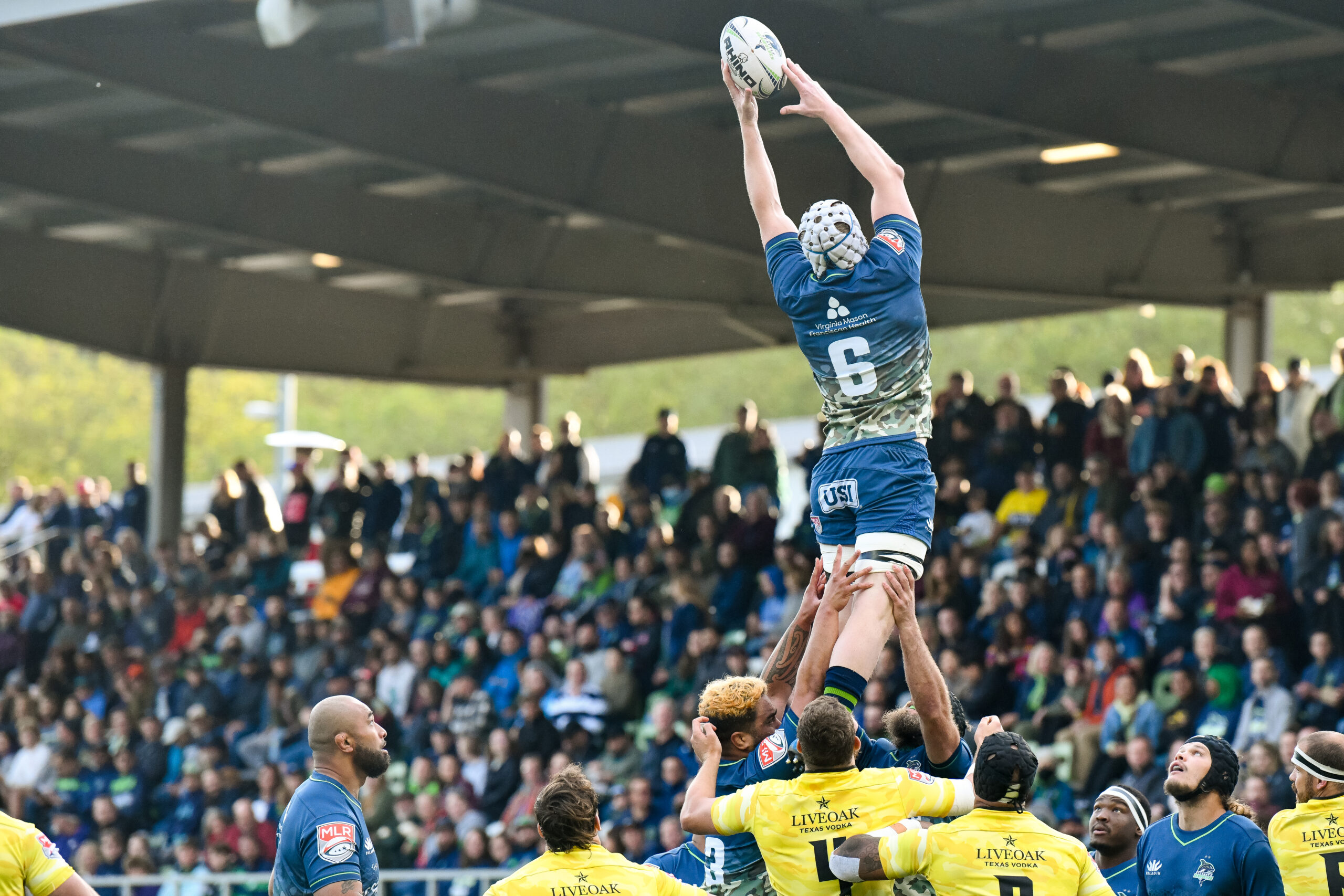
The hunt returns to Starfire.
Join us for another thrilling night of high-intensity rugby action as the Seattle Seawolves take on RFC Los Angeles June 22 at 7:00 PM. This is the last regular season home match of the season, so show your support!
For those who can’t make it in person, simply tune into FOX 13+ for full-game coverage.
Get tickets here.
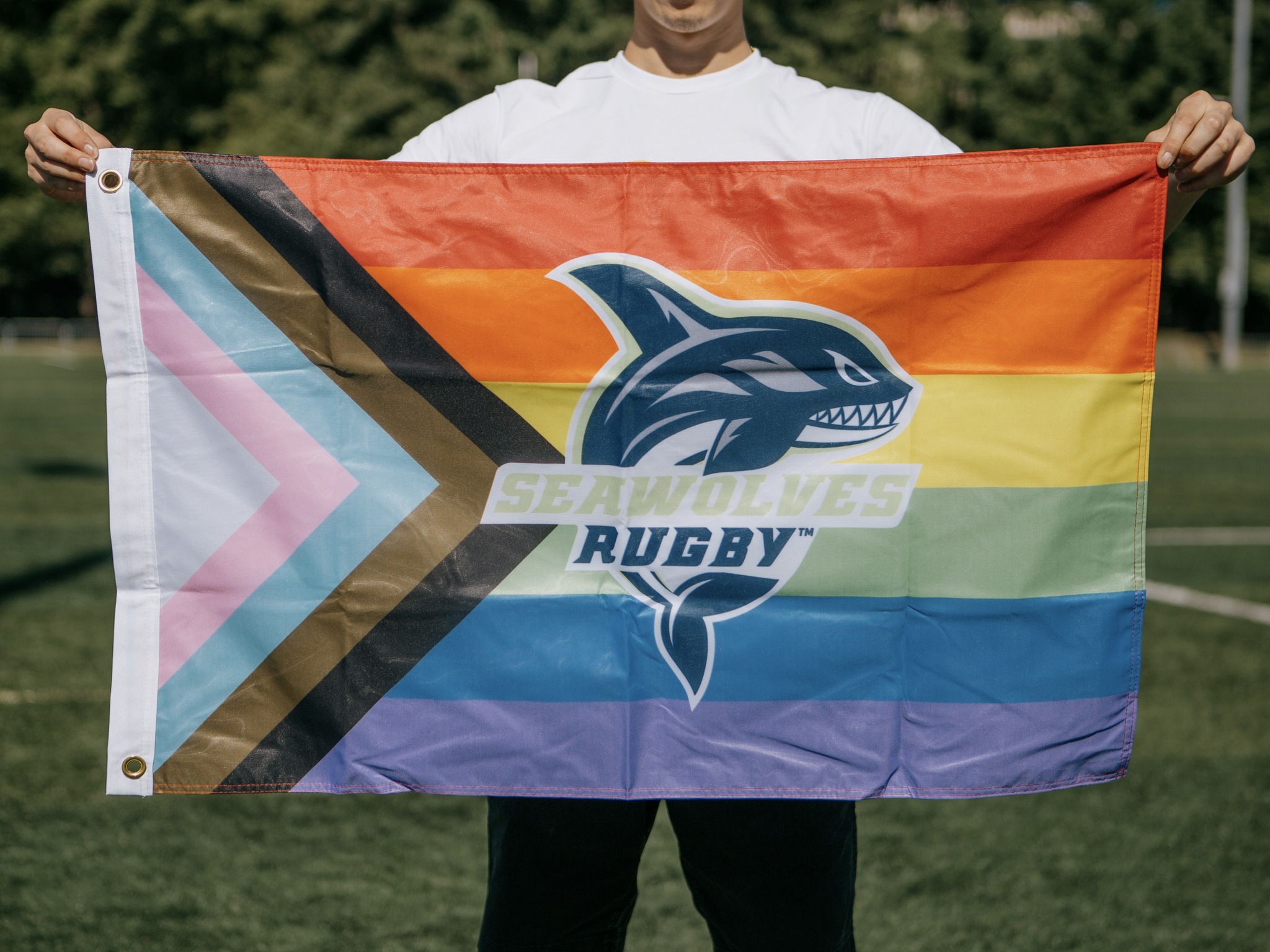
Join us for a night celebrating diversity and inclusion within our wonderful and supportive community on June 9 at 7:00 PM.
This special Pride month night will feature pride-themed merchandise, a poster signing table, and an exciting touch 7s match between the Quake and Mudhens Rugby Clubs.
Enjoy discounts for LGBTQIA+ groups, alongside pre-match festivities like face painting, all dedicated to promoting inclusivity and unity in rugby.
Cheer loud for your Seawolves as they take on the Utah Warriors in a matchup that is guaranteed to be action-packed!
For those who can’t make it in person, simply tune into FOX 13+ for full-game coverage.
Get tickets here.
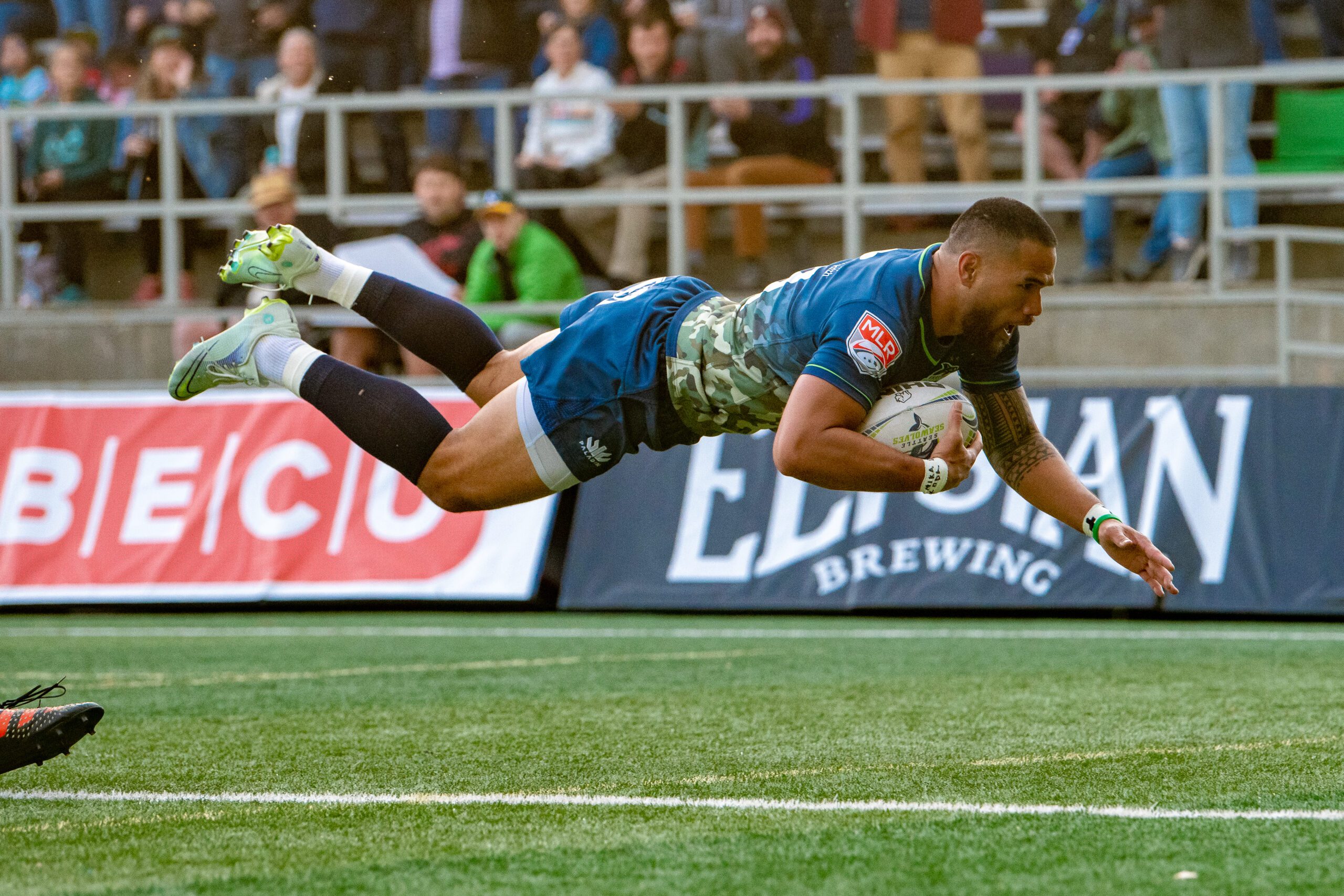
Join us in celebrating service members and their families during Military Night at Starfire as the Seawolves take on Old Glory DC on May 24 at 7:30 PM.
Experience a military flyover, a curtain raiser between Navy and Army, a color guard, a halftime tug of war and military weapon award presentation, and a special national anthem performance by Tricia Sheer from the 133d Army Band.
This is a special opportunity to show our appreciation for those who put their lives on the line for our country and come together as a community.
We hope to see you there. Military personnel receive discounted tickets.
For those who can’t make it in person, simply tune into FOX 13+ for full-game coverage.
Active military members receive a 15% discount. Get tickets here.
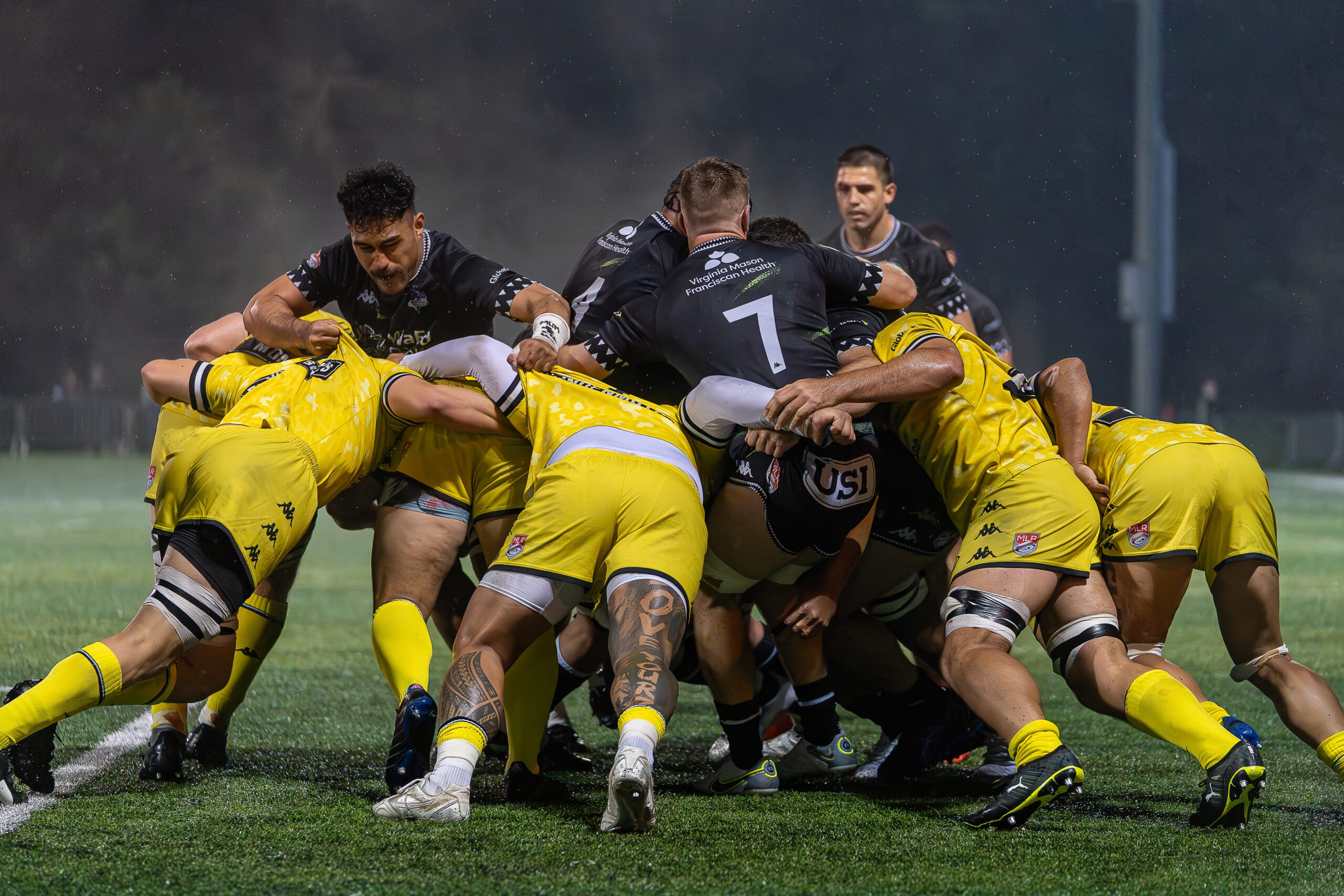
Join us for another thrilling night of high-intensity rugby action as the Seattle Seawolves take on Anthem RC on May 3 at 7:30 PM.
The schedule is as follows:
- UW vs OSU rugby exhibition match 4:30 PM
- Run With the Pack youth rugby camp (ages 5-12) 5:30 PM
- Happy hour $7 beer 6-7 PM
- Collegiate pie eating contest 6:30 PM
- Player signage booth 6:30 PM
- Thurston County dance performance pre-match
- Seawolves kickoff against Anthem Rugby Carolina 7:30 PM
- Ballard High Drumline halftime performance
Be sure to look out for the Seattle Sports Commission 50/50 raffle while you’re there.
For those who can’t make it in person, simply tune into FOX 13+ for full-game coverage.
Get tickets here.
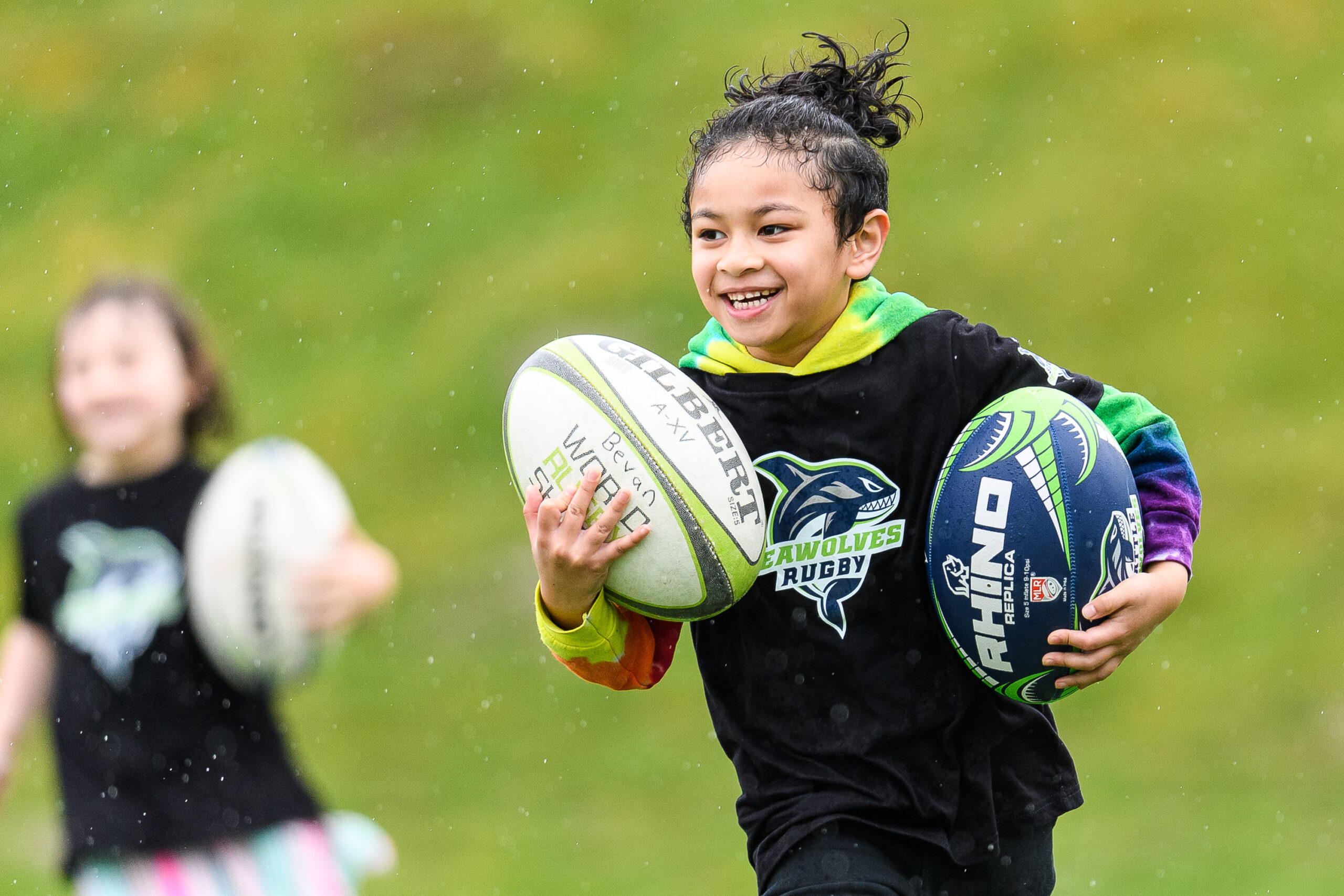
Kids are the superstars this Saturday at Starfire. Bring the whole family for a night filled with fun and rugby action.
Liberty and Eastside Lions High School students will kick things off with a curtain raiser, followed by tons of exciting activities for all kids in attendance, including Run With the Pack, face painting, and a halftime egg hunt.
We can’t wait to see you there!
For those who can’t make it in person, simply tune into FS2 for full-game coverage.
Buy tickets here.
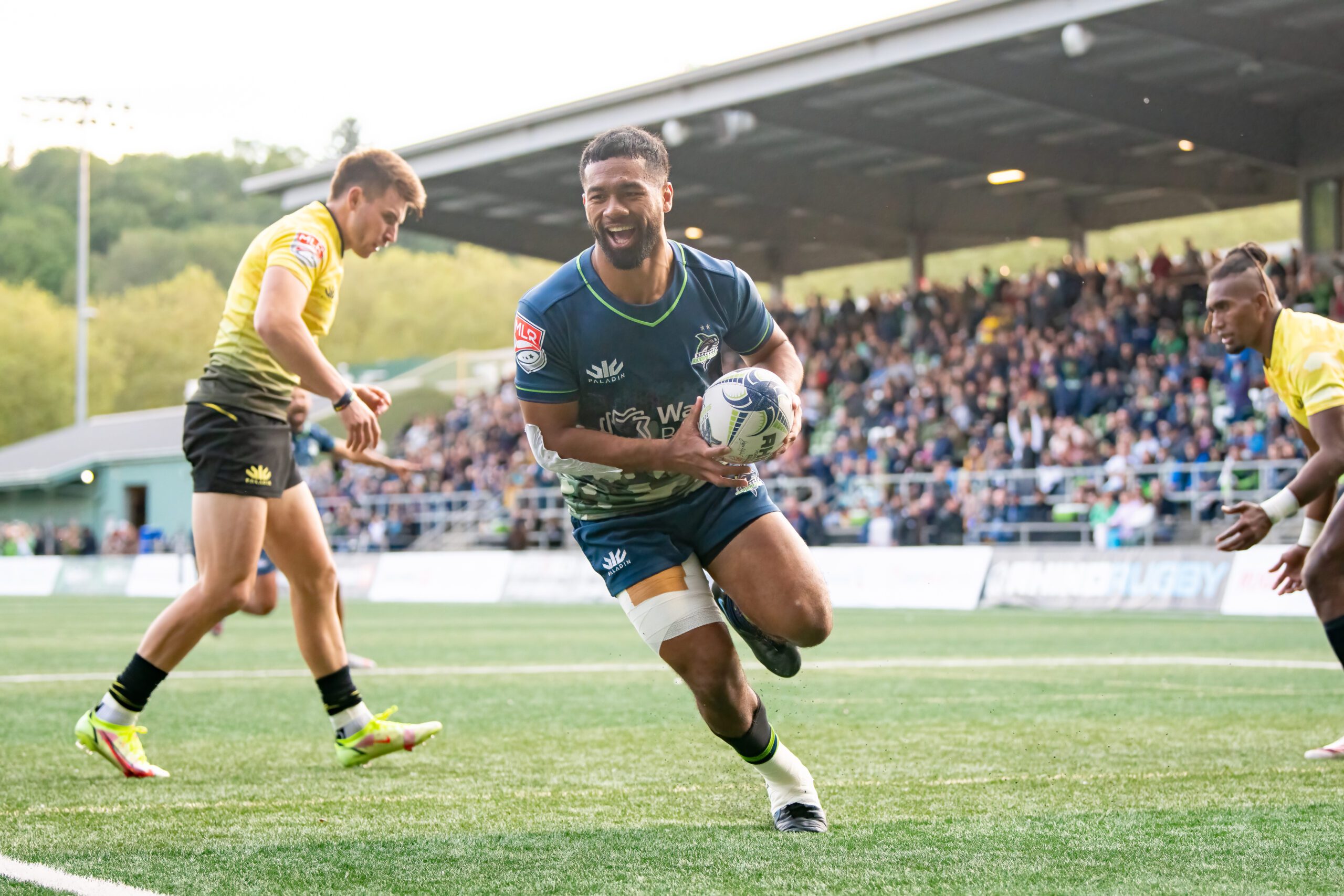
Do you hear that? That’s the sound of thousands of rugby fans gearing up for the return of the Seawolves.
If you haven’t jumped on the bandwagon yet, this is the year to saddle up.
The Seawolves are one of the most dominant teams in Major League Rugby and the sport itself is skyrocketing in popularity across the country.
So mark those calendars for March 2nd and get ready to join the hunt for another MLR shield! They’ll kickoff their season with an exciting rematch of the 2023 Western Conference Finals against the San Diego Legion. You won’t want to miss it!
Find tickets here.
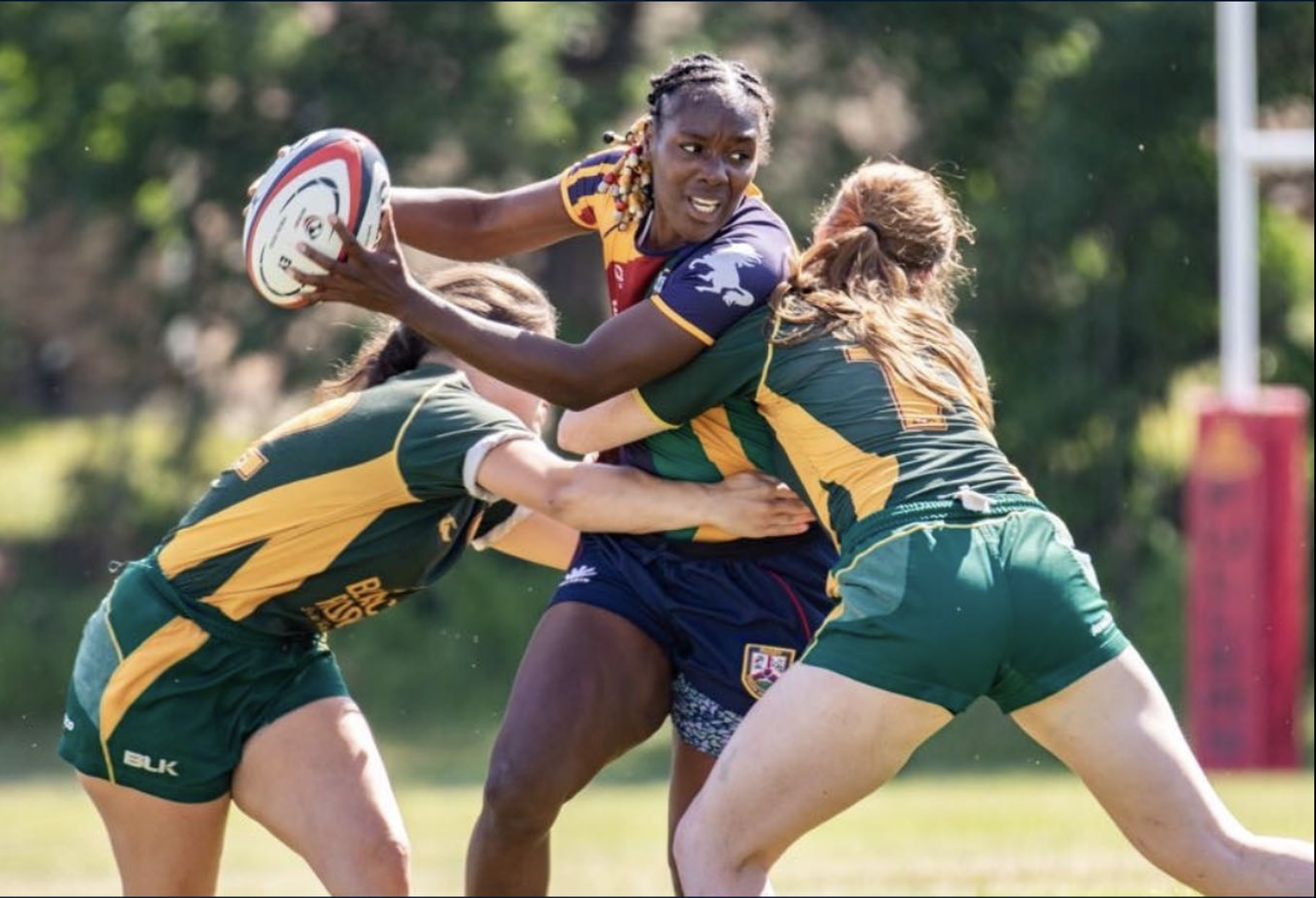
Rugby is back at Starfire! It’s been months since we last saw players out on the pitch, but now the wait is over.
Women’s Premier League Rugby, the highest level of women’s rugby in the U.S., is hosting their 5th ever All-Star Game right here in Tukwila. The U.S. All-Star team is made up of the top players from each of the league’s seven clubs across the country. They’ll be facing off in the league’s first international match against the Te Tai Tokerau Natives from New Zealand, a roster that includes the top players from the country.
This match is guaranteed to be an action-packed, competitive duel between these two teams. If you’re a rugby fan, you won’t want to miss this!
Experience Tukwila will be sponsoring this event, so join us on November 11 at 5 PM as we cheer on some of the most incredible players in the U.S. and New Zealand as they descend on Starfire, home of where champions train!
Get your tickets here.
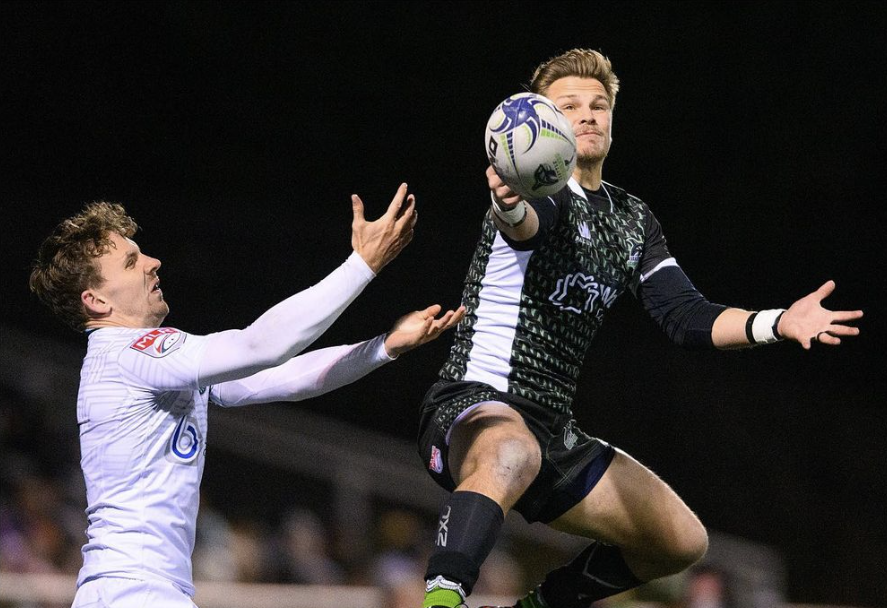
The atmosphere at Starfire Sports this year has been absolutely electric, as the Seawolves are well on their way through another historic season. Don’t miss the LAST HOME MATCH of the regular season on Sunday, June 11th at 7:30 as they take on the New England Free Jacks.
Kids and families can arrive early and participate in the 1-hour pre-game youth camp from 5-6pm, followed by a player meet-and-greet complete with photos and autographs. It’s a memorable way for the whole family to celebrate the end of the regular season. Parents can register their kids for the camp here.
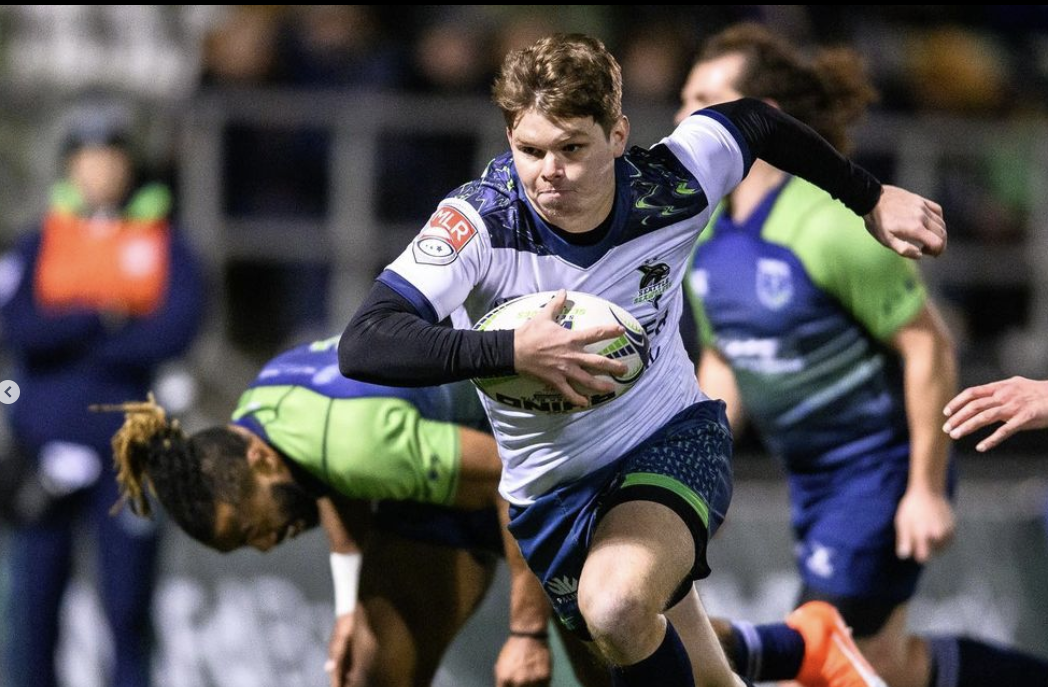
The Seawolves are back at it again. On Sunday June 4th, at 7:30pm catch them take on the Utah Warriors at Starfire.
Whether you’re a diehard fan or a rugby newcomer, you won’t want to miss out on this exciting matchup.










